WWII US Army Camo Shirt -
The United States armed forces fought extensively in the islands of the South Pacific during
WWII. The hot tropical weather demanded the development of a lighter weight uniform than
those used during WWI. Another
requirement was that of being able to blend better with the thick foliage. These demands
puched for the birth of the camouflage uniform.
The US Army began using camouflaged uniforms for the first time in the Pacific theater during
WWII. Due to the experimental nature of the concept their use was not very widespread, Making
the uniforms hard to obtain. The US Marine Corps
employed camouflage uniforms in far larger numbers.
The camouflaged shirt featured here was employed by the US Army during WWII. It was manufactured
from Herring bone twill
material.
|
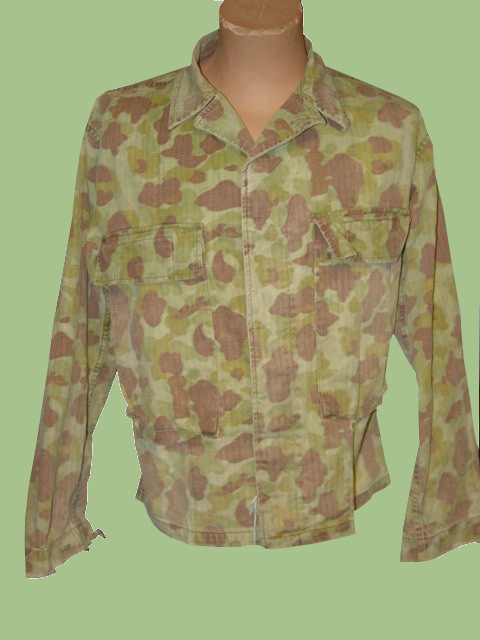 |
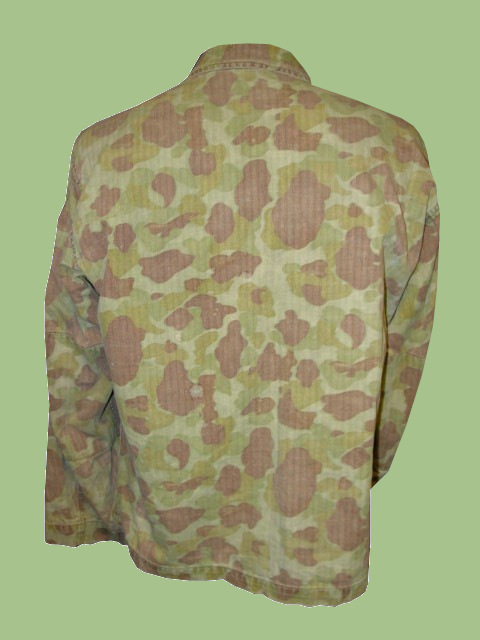 |
The design of the tunic consisted of two pocket construction. A flap was provided to secure the
pocket shut via the use of plastic brown
buttons . Once closed,
the buttons were out of view.
The front of the camouflaged shirt was closed using a series of plastic brown buttons.
Many of these buttons were lost While in the field. As seen on this uniform, the colors and
construction of the plastic buttons do not match. This is a common problem with any uniform.
When the shirt was buttoned up, a flap would cover the buttons. This feature was created so that
when walking through the jungle branches would not get snagged on the buttons. This design feature
was carryed onto the Vietnam war
era uniforms.
|
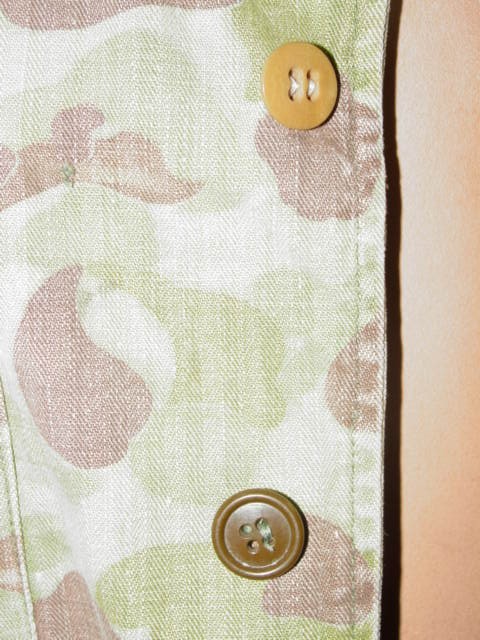
|
This page is a recognition and identification guide for WWII US military uniforms.
Multiple detailed photos of a specific sample are provided. Descriptions point out
clearly defined points that should be noted.
One of the most commonly asked questions is "How much is my WWII US uniform worth?".
A price guide is included here to address this question. The value of the uniforms is
reviewed over a period of several years. A trend can be observed. The present worth
of the American military uniforms in the collector's market is illustrated.
This service is provided free of charge to the visitor/enthusiast courtesy of
MilitaryItems.com,
a company dedicated to the preservation of military history and to providing quality
military antiques and collectibles to museums, institutions and the general public.
|
|
|
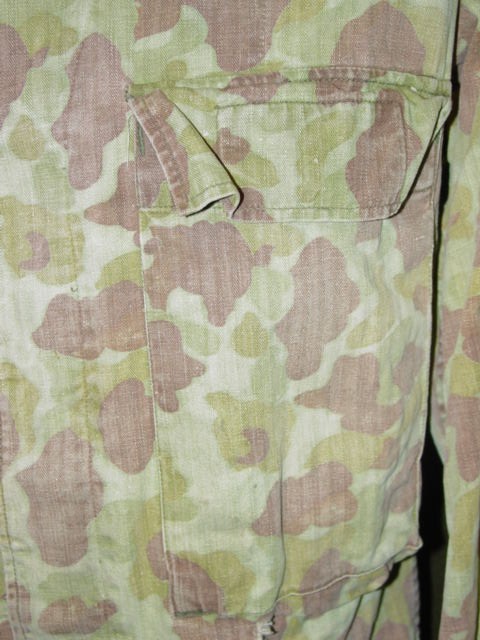 |
The uniform has two oversized (very long) pockets. This style was discontinued because of the
difficulty of finding small items that fell to the bottom of the pocket.
The cuffs of most fatigue unforms always show wear. This example is no exemption. The cuffs are
always among the first things to be frayed. The uniform does not have any
tags or markings.
The tunic did not have any
patches or
insignia.
|
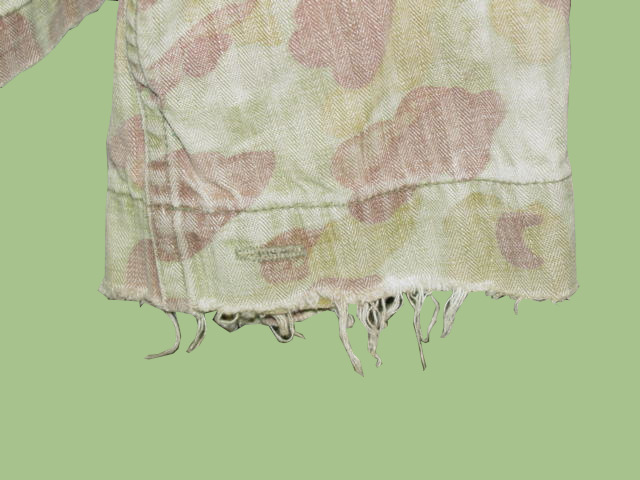 |
This WWII US uniform may be currently
reproduced.
It is becoming more difficult to be able to tell the fake ones from the real ones because
the quality of the reproductions is improving. The collector must become familiarized with
the construction style and materials employed in the manufacturing of this item.
Attention to the details is critical in order to be able to determine the authenticity of
the collectible.
If you have an interest is seeing other WWII US uniforms, you can do so by going to our
American Military Uniforms Price Guide.
Where we cover Army, Navy, Air Force, Marine Corps and other organizations.
|





